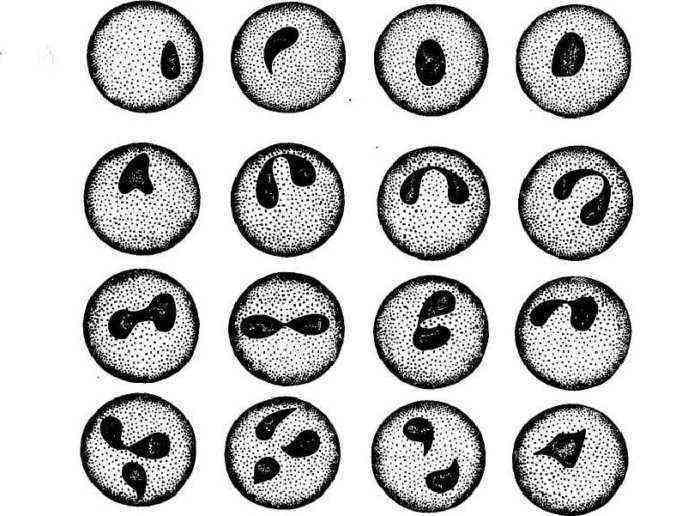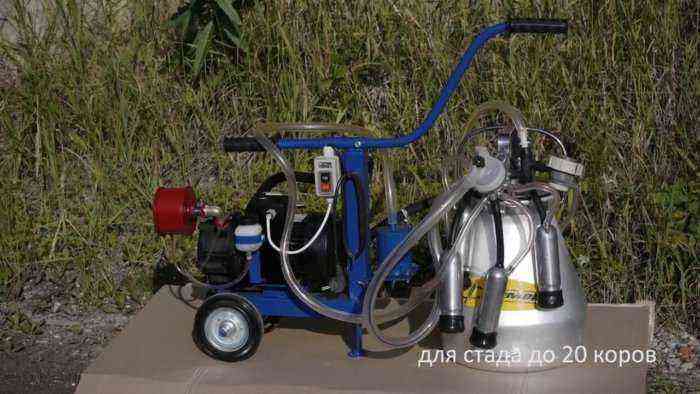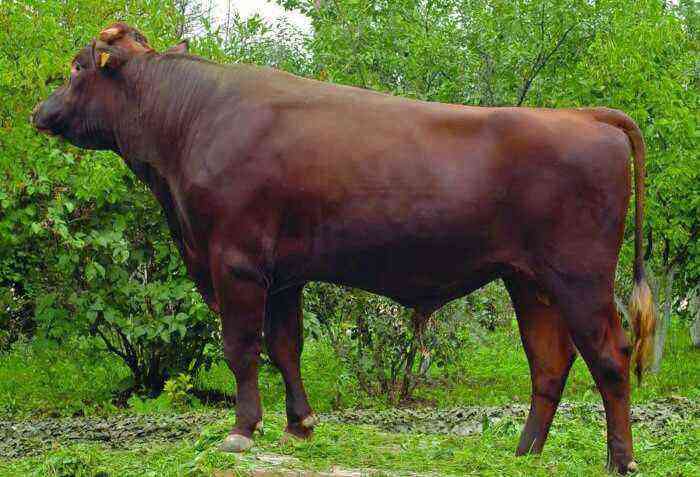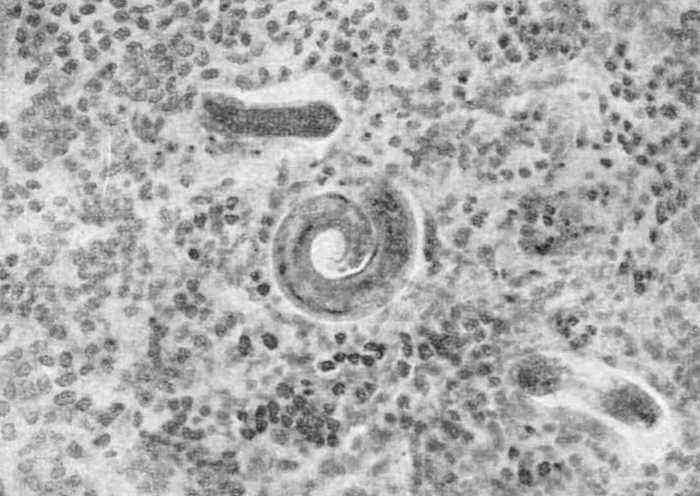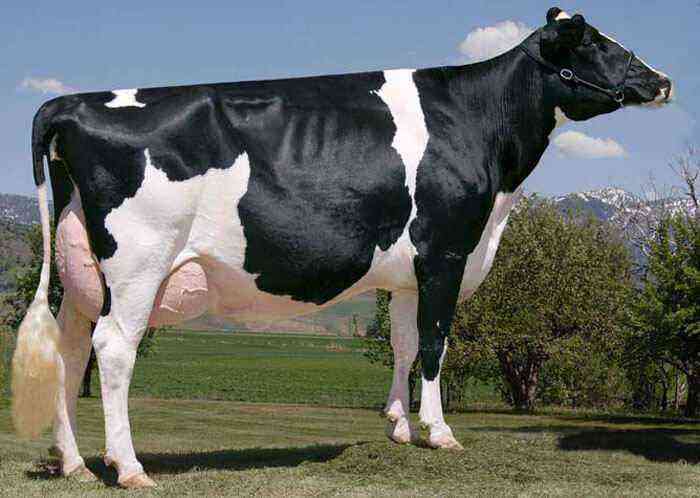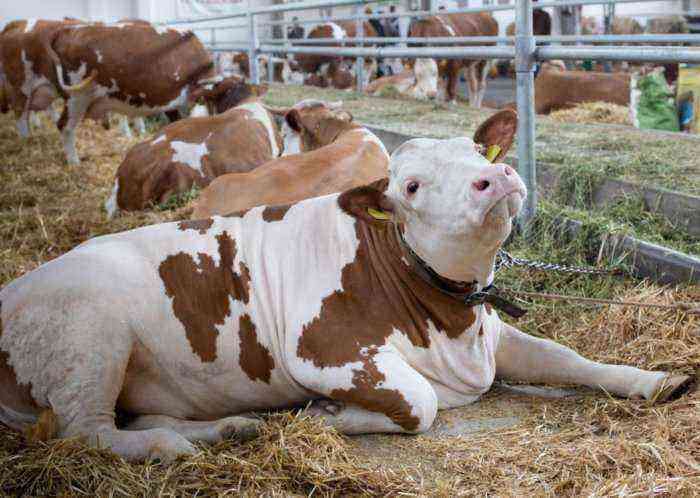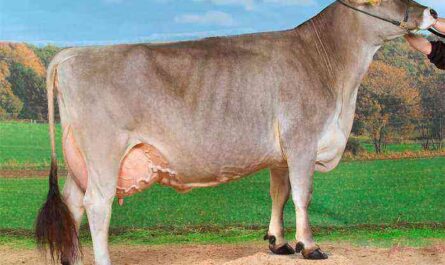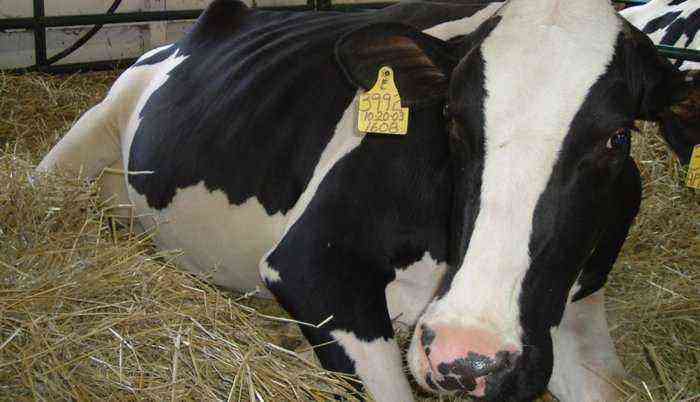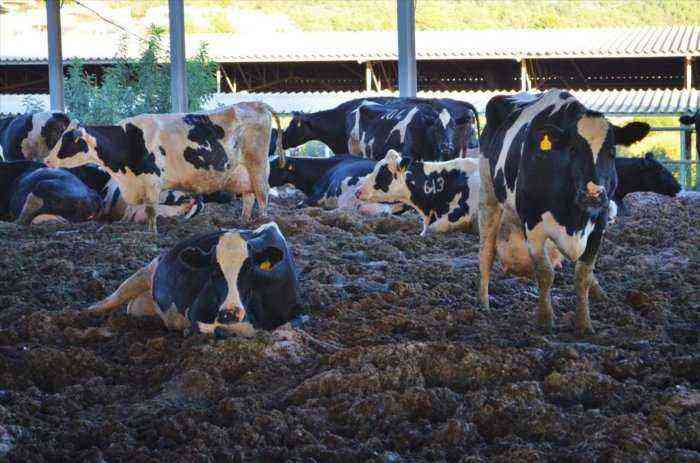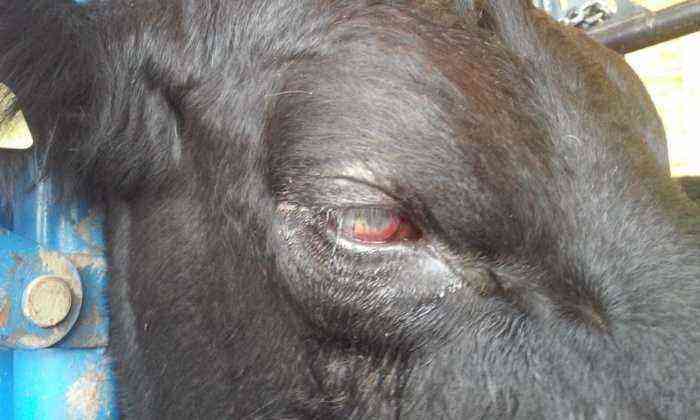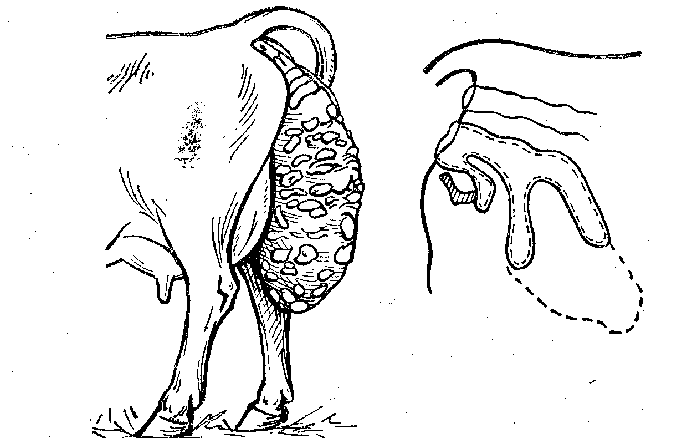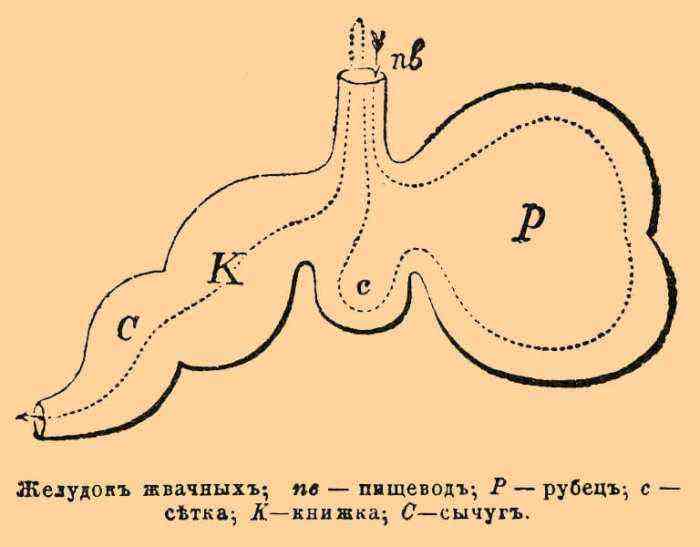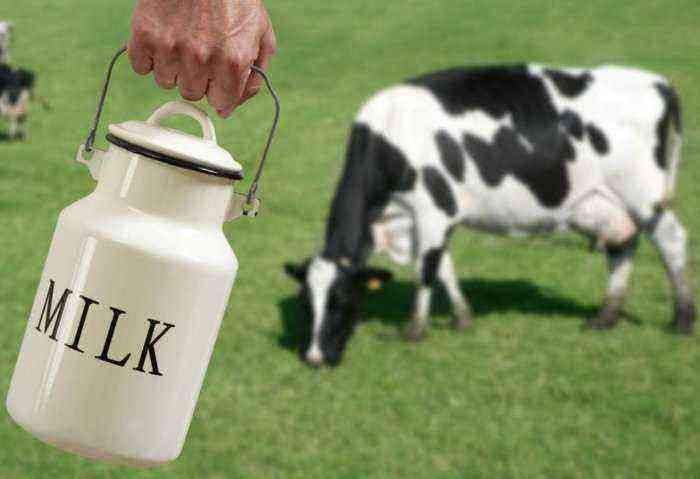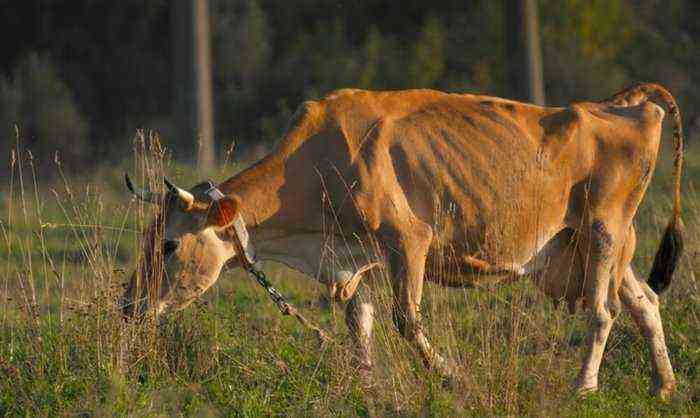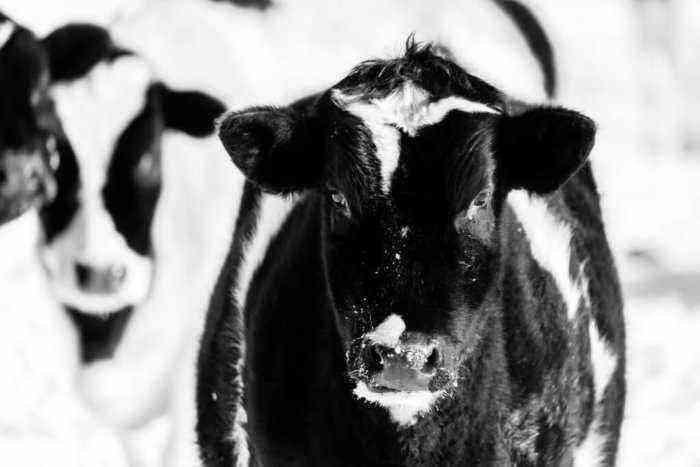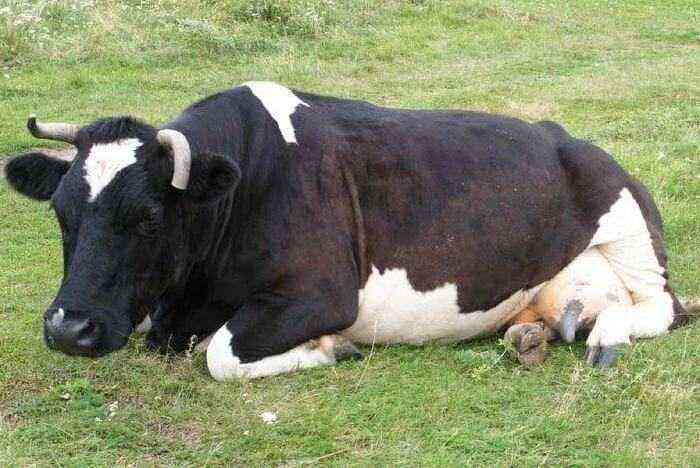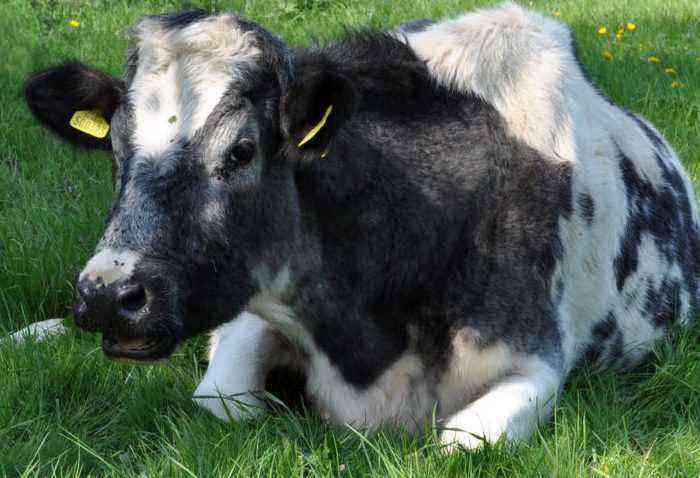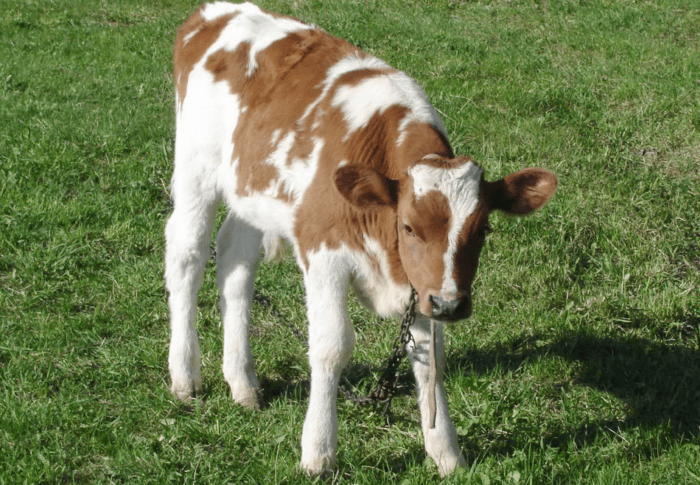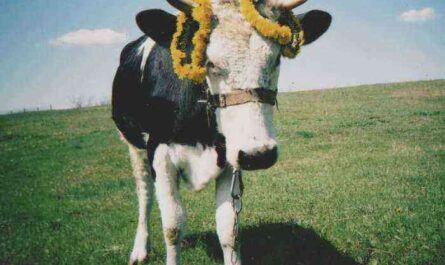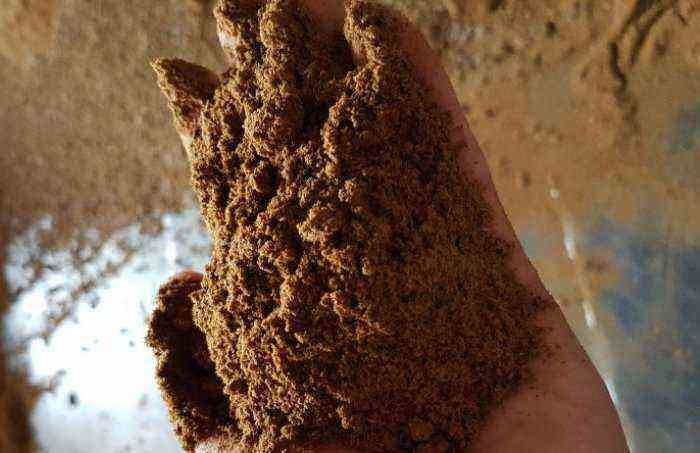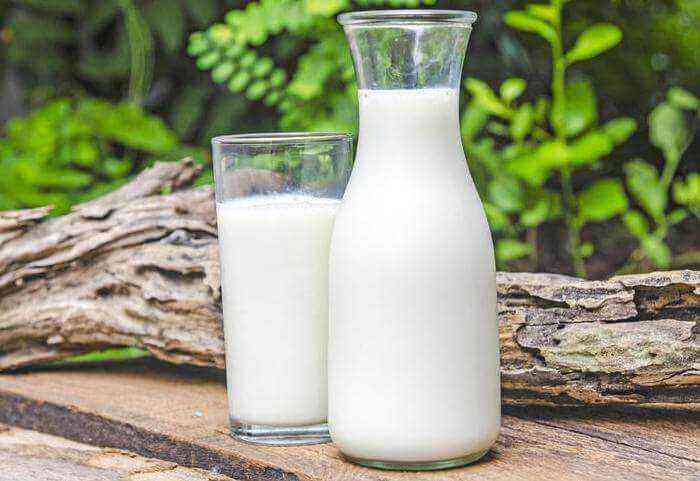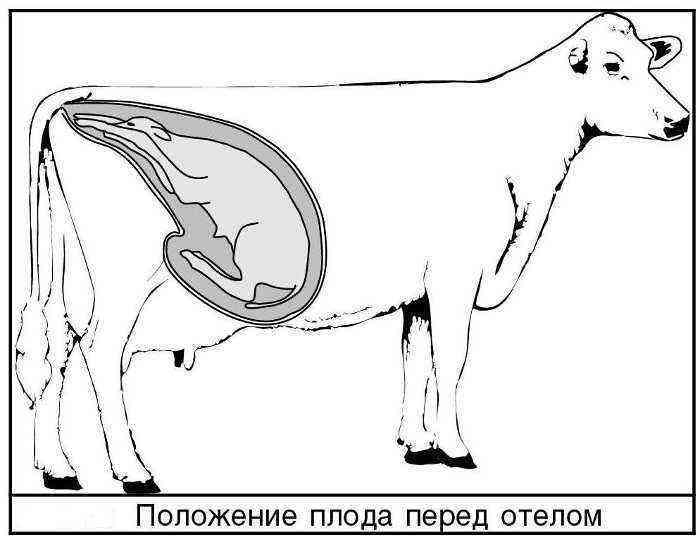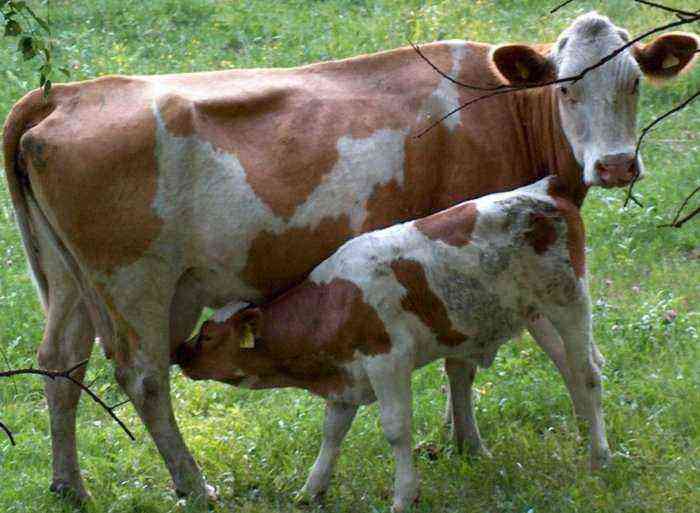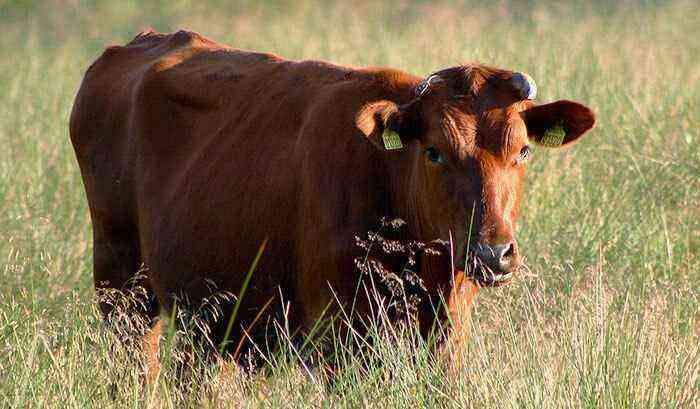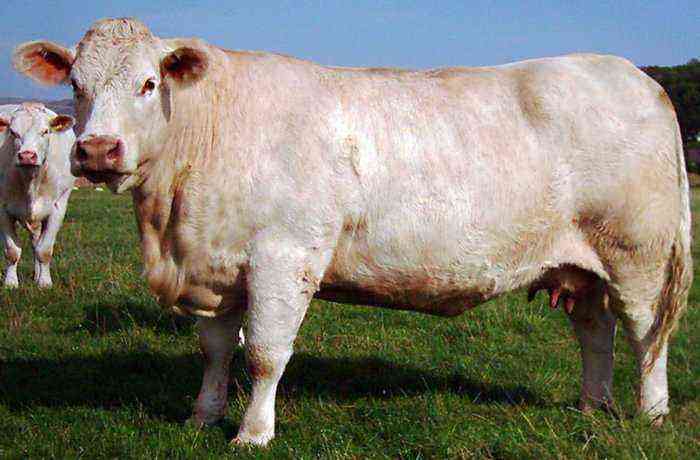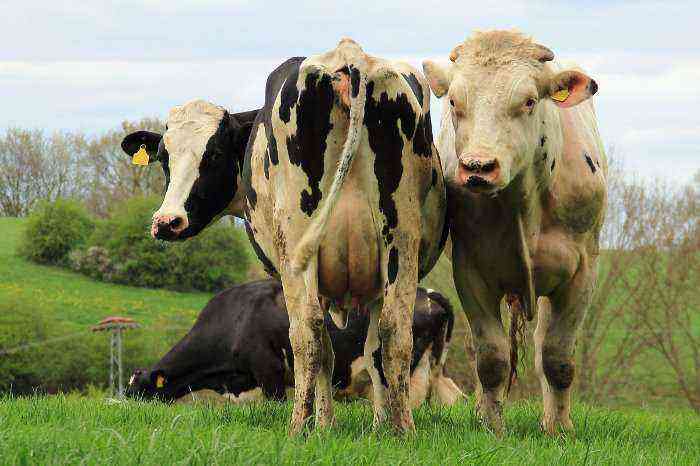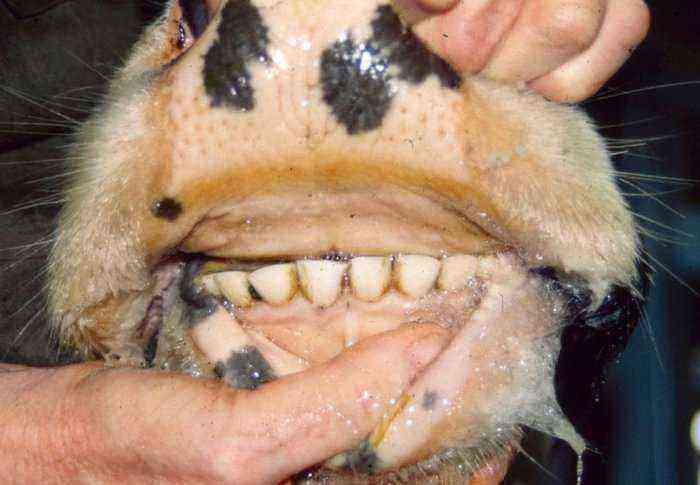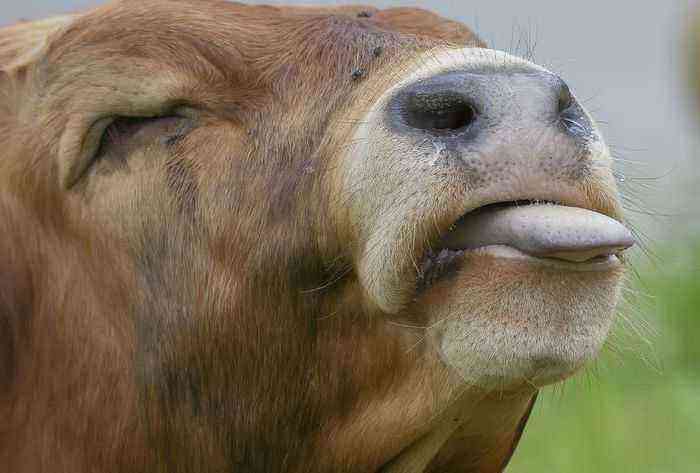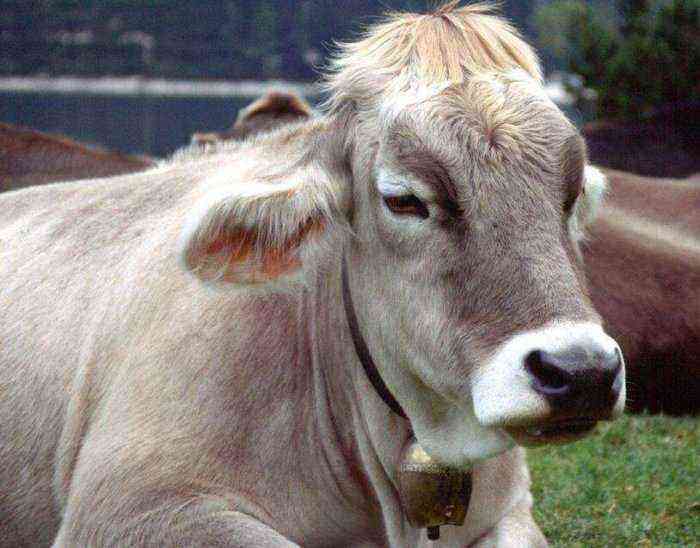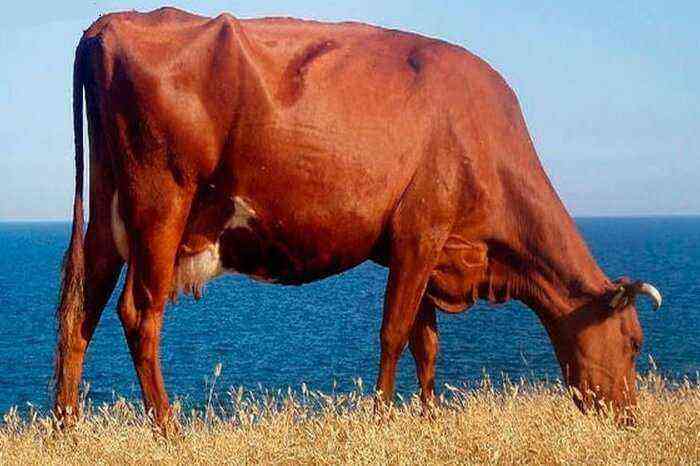Serous mastitis in cows is an inflammatory process localized in the udder of the animal. It is characterized by abundant exudation into the subcutaneous tissue, as well as interalveolar tissues. This disease is accompanied by severe swelling of the udder and pain. How this ailment develops, what reasons contribute to this, how to help the animal, will be discussed in this article.
Mastitis in cows
Causes
The main cause of the development of serous mastitis are pathogenic bacteria. These include – streptococci, staphylococci, E. coli. They can get into the udder of a cow in various ways:
- Through the tubules of the nipples when feeding a calf.
- Through damage to the skin of the udder – abrasions, scratches received during grazing or careless handling.
- Through the bloodstream from other infected organs of the animal, for example, with enteritis or endometritis.
Serous mastitis often develops after calving, when the animal’s immunity is reduced, as well as during the dry period or launch. Consider the factors that provoke the development of inflammation of the udder in cows:
- Unsanitary conditions for keeping the animal.
- Complications after calving, causing inflammation in the reproductive or other organs.
- Wounds, injuries of the udder.
- Poor quality milking – milk residues accumulate in the udder, this leads to inflammation.
It is very important to recognize in time that a cow suffers from serous mastitis, because the infection spreads quickly. And on what grounds this can be done, we will consider further.
Symptoms
A strong inflammatory process usually manifests itself soon after the onset. The first thing cattle owners notice is that a sick cow becomes lethargic. She loses her appetite. In the future, you can notice other symptoms of serous mastitis:

affected udder
- The affected part of the udder (usually a quarter or half) swells, hardens.
- On palpation, the animal is worried, feels pain, is afraid.
- Fabrics change color to red.
- The temperature rises at the site of inflammation or the whole body.
- Milk yield is reduced in volume.
- Milk acquires a watery structure, flakes are found in it – clots of casein.
Attention! Initially, the symptoms of serous mastitis are similar to congestive udder edema. However, there are differences – if during palpation the udder is soft, like dough, this is a manifestation of stagnant processes. With mastitis, the inflamed part of the body becomes hard, like a stone.
In order not to start the disease, it is important to contact the veterinary service in time, as soon as there are suspicions that the cow is not feeling well.
Treatment
Treatment of serous mastitis in cows with timely contact with the veterinary service lasts no longer than 10 days. The prognosis is usually favorable if the microbes have not yet penetrated the alveolar part of the gland. At this stage of the disease, the milk already acquires a liquid watery structure and contains flakes. Its color also changes to bluish. In advanced cases, the inflammatory process can become chronic and be accompanied by complications – tissue necrosis. This is a very dangerous condition that threatens the spread of infection throughout the body and death.

Tissue necrosis
Treatment is complex and includes:
- Separation of a cow from other individuals.
- Transfer it to the stall content.
- Ensuring rest.
- Change in diet – preference is given to dry food, watering is limited.
- Removal of exudate from the udder.
- The use of antibiotics.
- Irrigation and washing of the affected tissue with disinfecting solutions.
- The use of ointments – ichthyol, camphor.
- Udder massage.
- The imposition of warm compresses on the inflamed area.
- Quartzization.
Frequent milking is recommended to relieve swelling. To facilitate the process of decanting exudate, veterinarians advise first massaging the diseased udder to improve blood circulation. Pumping should be done up to 4-5 times a day. The exception is at night. Oxytocin injections contribute to better scaling of the accumulated fluid.
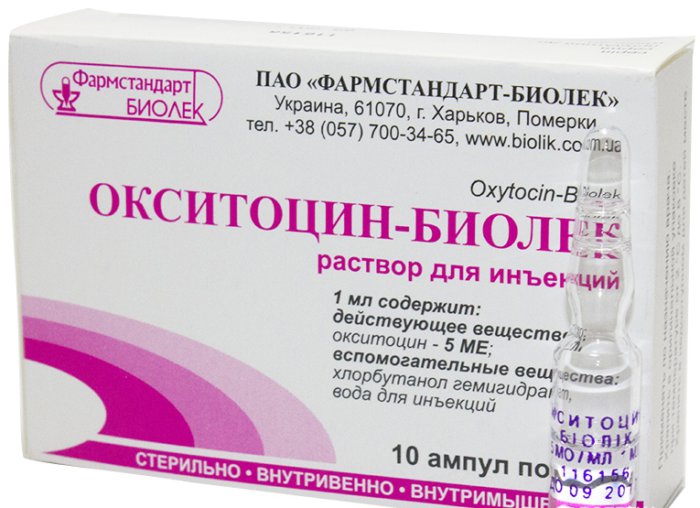
Oxytocin injections
If the cow has a very difficult outflow of exudate due to clogging of the ducts with casein clots, it is recommended to flush through the catheter with a solution of sodium bicarbonate at a concentration of 2%. After the procedure, a light massage of the udder is performed and attempts to pump are repeated again.
Attention! In the first 2-3 days after the start of treatment, the application of warming applications and compresses is prohibited. Veterinarians advise doing such procedures no earlier than 3-4 days, when the inflammation subsides a little.
As dry heat is used:
- Paraffin applications.
- Poultices.
- Wrapped in warm cloth.
It is important to understand that all warming procedures should be carried out in a warm room. It is unacceptable to keep a sick cow in a damp and cold barn.
Preparations for the treatment of serous mastitis in a cow
To disinfect the udder several times a day, it is irrigated with chlorhexidine or furacilin solution, and a quartz lamp is also used. Consider the ointments that treat the affected area of the cow’s body with serous mastitis:
- Уберсан.
- Giant.
- Anoxide.
Treatment of the acute phase of the disease always includes the use of antibacterial agents. There are good imported drugs, often used in veterinary practice:
- Mamifort is a medicine of Spanish origin.
- Masti Weiksim is a German drug.

Mamifort
With the timely appeal of the owner of the cow to the veterinary service, it is enough to introduce two injections with an antibiotic per day with an interval of 12 hours. In advanced cases, it is recommended to carry out antibiotic therapy for up to 5 days. If the disease has become chronic, Mamikur will be more effective.
Prevention
Preventive measures will help to avoid the development of mastitis. The quality of care for the cow and the conditions of its maintenance are of great importance. It is also important what her diet is. A balanced diet containing all the necessary vitamins and substances will help strengthen the animal’s immune system. What should be done to prevent serous mastitis in cows:
- Maintain cleanliness in the area where animals are kept.
- Follow the rules of udder hygiene.
- Carefully handle this part of the cow’s body – inspect for damage, wash, carefully milk.
- Empty the udder regularly and until completely empty.
- Do breast massage.
Reference. During the dry period, it is advisable to resort to vaccination of the animal against mastitis.
Serous mastitis is very dangerous – the disease not only reduces milk yield and makes milk unsuitable for food, but also threatens the life of the animal. If the first symptoms of malaise are ignored, the cow may begin tissue necrosis, which often leads to sepsis. Attentive attitude to livestock and prevention of mastitis will help to avoid the development of the disease.


